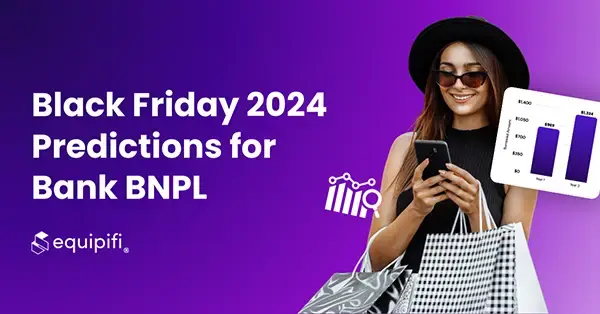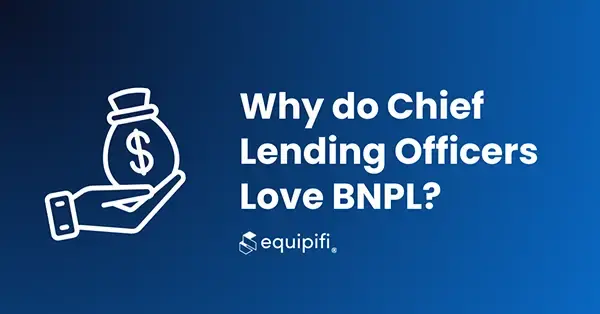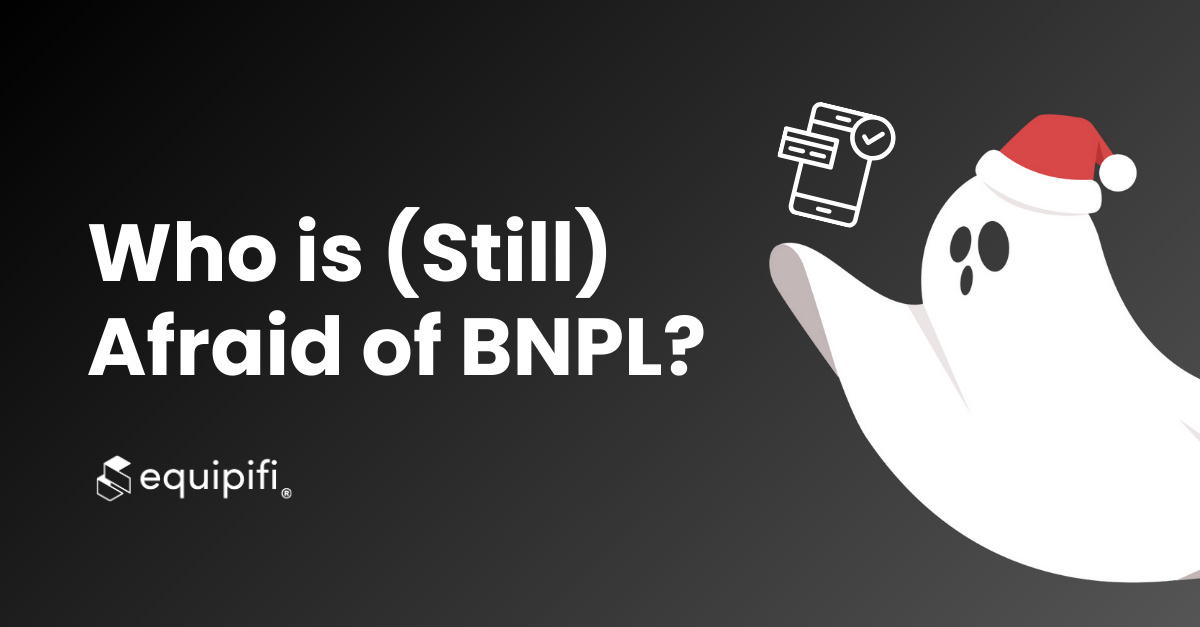Regulatory insights on Buy Now, Pay Later (BNPL) are here.
In 2021, the Consumer Financial Protection Bureau (CFPB) began to monitor direct-to-consumer buy now, pay later lenders. Its findings were summarized in 2022, hinting that BNPL will soon be treated similarly as credit cards. True to its words, today the CFPB issued further insight to their review of BNPL providers, defining them as “credit card providers”.
The report is significant for all lenders who offer BNPL financing. This includes direct to consumer lenders (i.e. Klarna, Affirm, Afterpay, etc.), financial institutions who currently provide an in-house BNPL solution, and institutions who are considering adding the service to their suite of financial products.
Here’s a breakdown of these implications.
BNPL providers = “credit card providers”
According to the CFPB, now that BNPL providers are defined as “credit card providers”, they must uphold several long-standing regulatory requirements. Most prominently, that means BNPL lenders must:
- issue appropriate disclosure
- ensure card disputes are supported by the lender
- deliver periodic statements to the borrower
For 3rd-party direct to consumer lenders, there may be adjustments they need to make in order to conform to the same regulatory guardrails that credit card issuers and financial institutions follow to protect consumers.
The impact on banks and credit unions
Meanwhile, how does the CFPB’s interpretive rule impact financial institutions offering BNPL to their cardholders? It doesn't.
That’s because BNPL plans are consumer loans, regardless of who is providing the solution. When financial institutions offer BNPL, they already do so within regulatory guardrails – ones that the CFPB is now expanding to all BNPL lenders. If a financial institution has launched BNPL, it has either built a product in house or has partnered with a fintech company that helps it meet these guidelines.
For example, when financial institutions offer BNPL on the debit card with equipifi, they already benefit from a loan program that delivers on Regulation Z and Truth in Lending disclosures, finance charge application, payment processing, and delivery of periodic statements. The debit card purchase that predicated the BNPL offer is covered under Electronic Funds Transfers Act (Reg E) provisions; including the cardholder's ability to dispute a purchase and the financial institution's adherence to timely error resolution activities.
BNPL's trend toward consumer safety
Since day one, financial institutions have been operating within a regulatory framework that has evolved with consumer behavior and tech. It is within their DNA to protect their account holders and promote financial health. That is why there is little surprise that the CFPB’s report has limited impact on BNPL services when they are provided by banks and credit unions.
In fact, BNPL is safest for consumers when offered through financial institutions. Dozens of financial institutions have launched BNPL precisely to provide a safer alternative to 3rd-party BNPL. Hundreds more have been waiting for regulatory guidance like this so they can incorporate formal BNPL strategies. Until all consumers can access BNPL safely through their home banking, rules such as this from the CFPB keep them protected.







SHARE